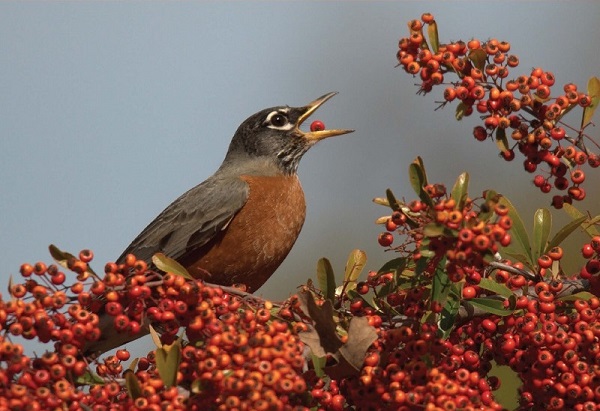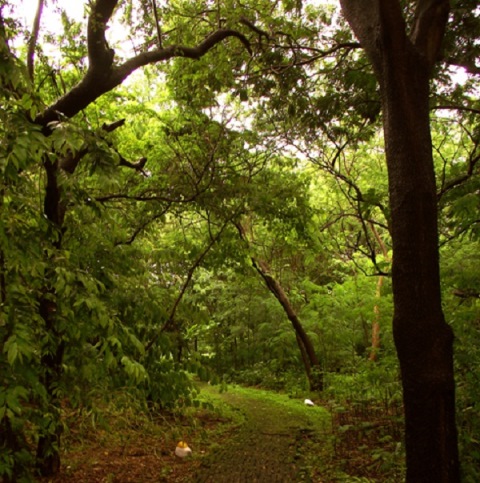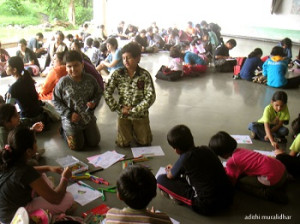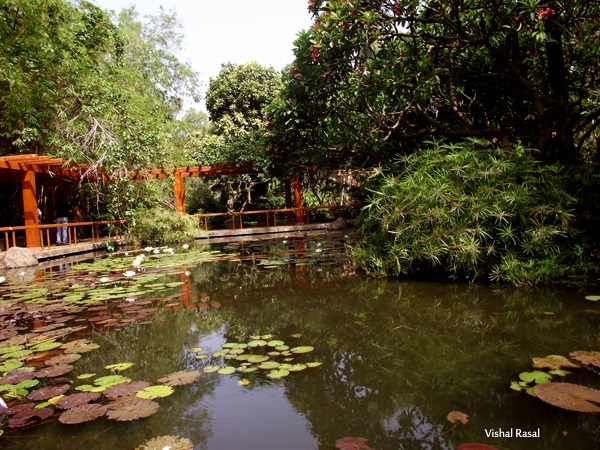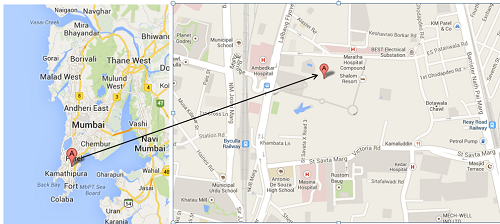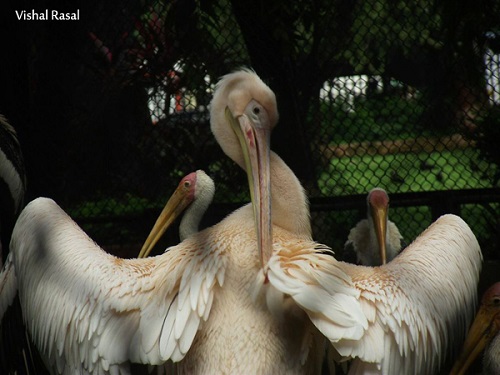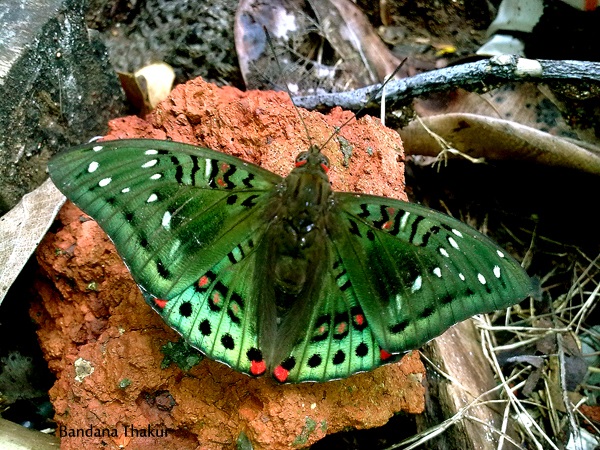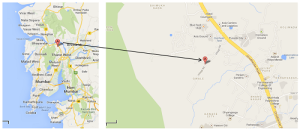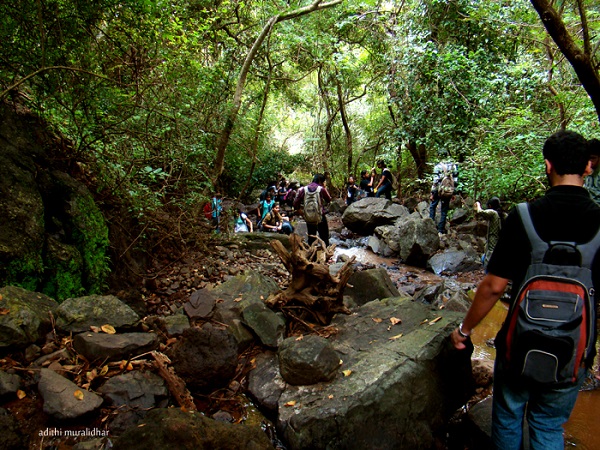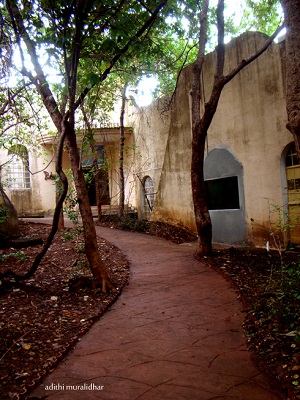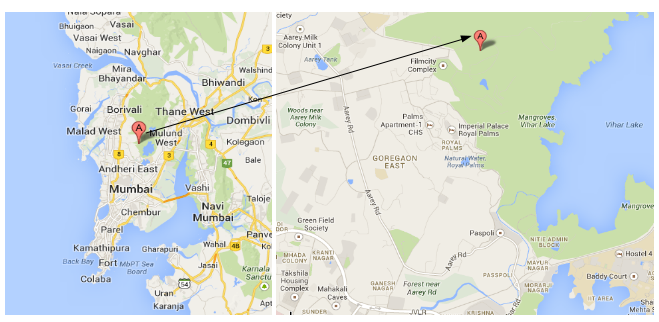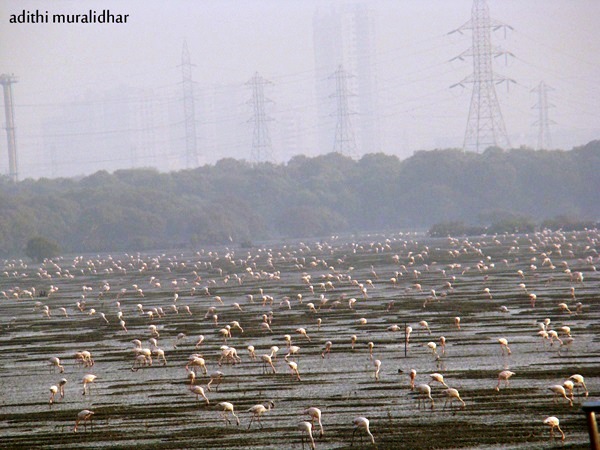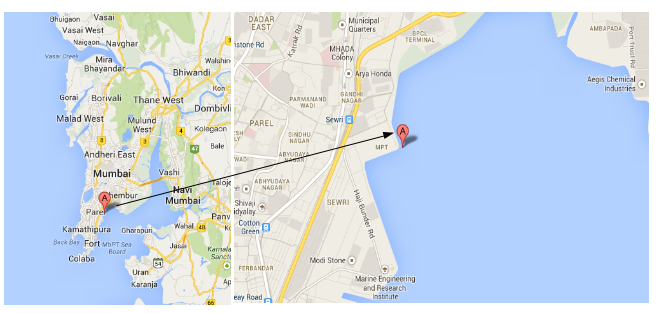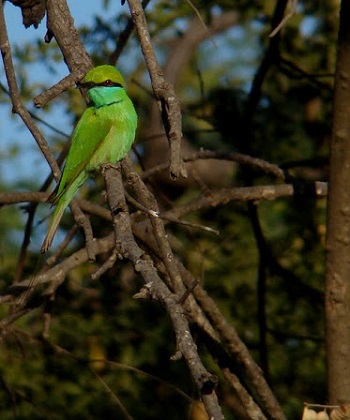 Unique four-day global event invites citizen scientists to participate in a ‘spot a bird’ initiative – in their own backyard.
Unique four-day global event invites citizen scientists to participate in a ‘spot a bird’ initiative – in their own backyard.
by Adithi Muralidhar
If you have always had a fascination for observing birds, this is a great chance for you to convert that hobby into something productive. The Great Backyard Bird Count (GBBC) is back with a bang!
GBBC is an annual four-day (February 14 to 17, 2014) event that engages bird watchers from all over the world. A citizen science initiative, this event is as simple as maintaining a sincere account of the birds you sight in your backyard. It attempts to create a real-time snapshot of the location and the birds found there. Organised jointly by the Cornell Lab of Ornithology, National Audubon Society, and Canadian partner Bird Studies Canada, GBBS is sponsored by Wild Birds Unlimited.
What is the event about?
To understand how to participate, first visit this page.
– Decide on a location where you want to bird. You could do this sitting by your window, sipping your morning coffee or on a walk to a nearby park, or visit to a national park/ bird sanctuary. The minimum time limit to do birding is 15 minutes.
– Observe the bird, note down the species, and note down how many individuals you can see of that particular species.
– Note down important aspects like time of the day, duration of birding, weather, any behavioural observations, and estimates of the number of individuals of a species.
– Register to enter your results here. Enter your results on the GBBC website by clicking on ‘Submit Observations’. Apart from entering the bird check-list, you will also be asked to map your location, mark the day and time, whether your sightings were incidental, during travel or while stationary. You will also be required to enter data like how many people contributed to the checklist, sighting of rare birds, unusual or peculiar bird behaviour. It is also important to mention if you are reporting all the species you saw or only the ones you could identify.
– If you are not familiar with identification of birds, try and check with peers, or use a field guide. Do not guess the names or enter unsure sightings.
– If you still have questions, visit this page GBBS’s FAQ section.
Why participate?
Monitoring bird populations all over the world can tell us a lot about the status of a bird species – you can keep account of their abundance/absence in some areas, their migratory patterns, their breeding grounds, their behaviour and distribution, monitor any ill effects due to pollution and climate change, etc. This is a Herculean task and it cannot be done by a single team of scientists or nature enthusiasts. A collaborative effort like this will help put together pieces of the puzzle from all over the world, which will in turn help the scientific community to make inferences on trends in bird populations. In 2013, 110 countries participated in GBBC and India contributed to the third highest chunk of checklists (467). Hopefully, with more participation from nature enthusiasts this year, we can do our bit and contribute to this initiative.
But remember…
While GBBC encourages participation from all age groups; beginners, amateurs and experts, one should take care that you are contributing to a global science project. This citizen science initiative asks for numerous individuals to contribute their observations of a particular subject (in this case, birds) to a central database, which in turn will be analysed by scientists. This empowers the scientific community since now they are equipped with a massive set of volunteers who contribute to enhancing their observational research. So, be sincere and responsible while doing your bit.
Adithi Muralidhar is currently an Associate Fellow with Observer Research Foundation, Mumbai. Apart from her pursuits in environment, education and sustainability, she also has a keen interest in socio-cultural issues.
(Pictures courtesy GBBC website, Adithi Muralidhar)
